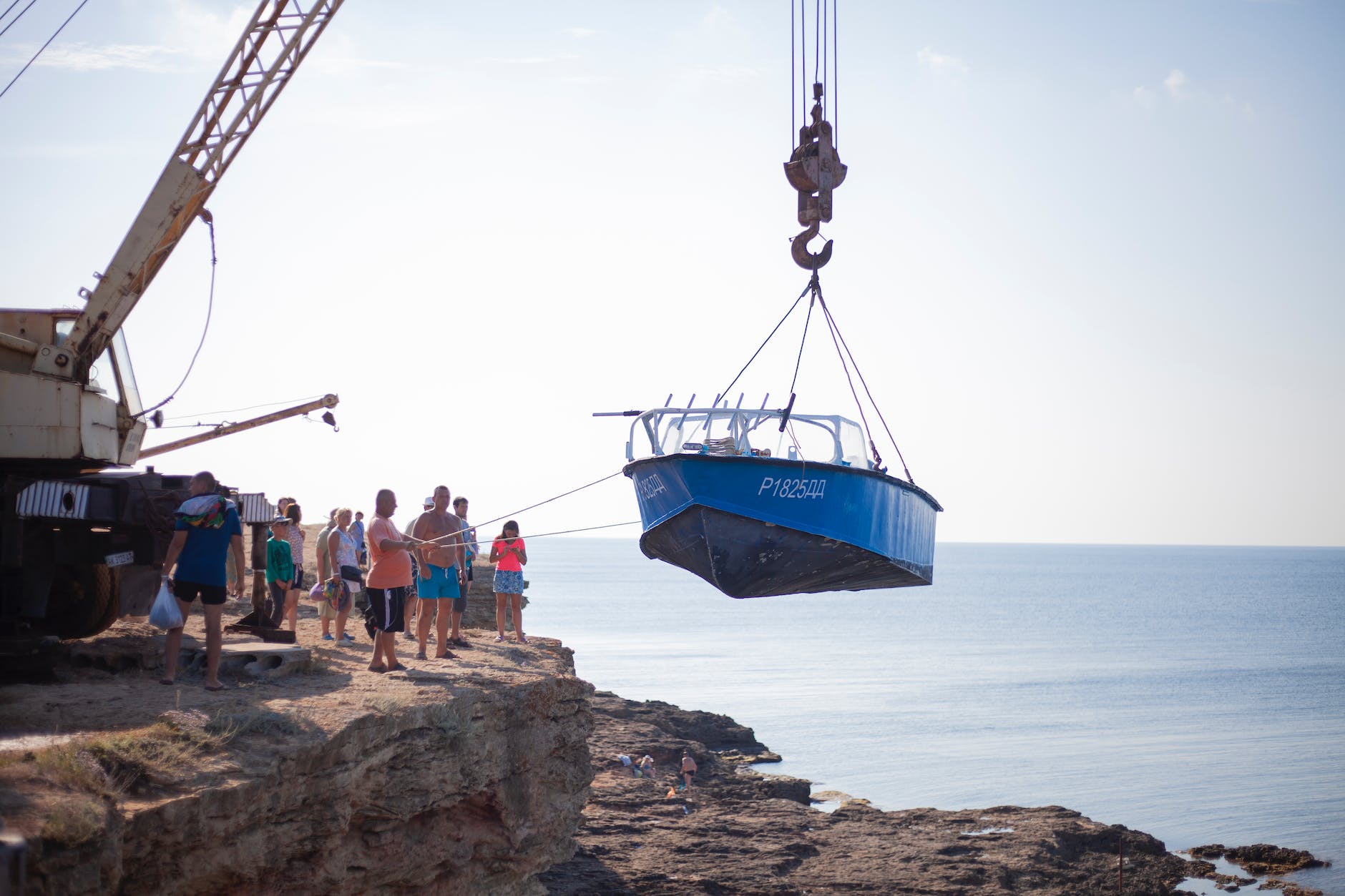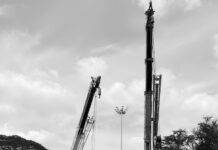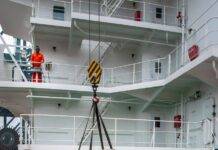
Web Sling Belt Capacity
Introduction
Web Sling Belt Capacity : Web sling belts are a crucial component in various industries, from construction to logistics, providing a flexible and reliable way to lift and secure heavy loads. Understanding the capacity of these web sling belts is paramount to ensure the safety of both workers and the cargo being transported. In this article, we will delve into the intricacies of web sling belt capacity, exploring the factors that influence it, safety standards, and much more.
Understanding Web Sling Belts
Web sling belts are commonly made of synthetic materials like nylon, polyester, and polypropylene. They offer several advantages, including flexibility, resistance to corrosion, and a wide range of lengths and capacities. However, the capacity of a web sling belt depends on various factors.
Factors Affecting Web Sling Belt Capacity
Material
The material of the web sling belt is a critical determinant of its capacity. Nylon web slings, for instance, offer exceptional strength and resistance to UV rays, making them suitable for outdoor use. Polyester slings are known for their low stretch, while polypropylene slings are lightweight and economical.
Width and Thickness
The width and thickness of the web sling belt also play a crucial role. Thicker and wider belts typically have a higher working load limit (WLL) due to increased strength and durability.
Length
The length of the web sling belt is another significant factor. Longer slings may have a reduced capacity as they can be subject to more friction and stress during use.
Stitching
The quality of stitching in the web sling belt greatly affects its capacity. Properly stitched belts can withstand higher loads, while poorly stitched ones can fail prematurely.
Safety Regulations and Standards
To ensure the safe use of web sling belts, various regulatory bodies have established standards and guidelines. It is imperative to comply with these standards to prevent accidents and ensure the longevity of your equipment.
Calculating Working Load Limit (WLL)
The Working Load Limit (WLL) is the maximum load a web sling belt can safely handle. It is essential to calculate the WLL accurately, considering all factors like material, width, length, and type of hitch used. Many manufacturers provide tables and calculators to help determine the WLL for different situations.
Scenario: Imagine you work in a warehouse where you need to lift and transport heavy steel beams. You've just received an order for a steel beam that weighs 5,000 pounds. To safely lift and transport this load, you need to calculate the WLL for the web sling belt you plan to use.Sample Calculation:
- Identify the Key Parameters:
- Material: The web sling belt is made of high-strength polyester.
- Width: The belt is 2 inches wide.
- Length: The belt is 10 feet long.
- Type of Hitch: You plan to use a vertical hitch to lift the steel beam.
- Refer to the Manufacturer’s Data:
- Consult the manufacturer’s guidelines for the web sling belt. In this case, the manufacturer specifies that the web sling belt’s WLL for a vertical hitch is 6,000 pounds.
- Apply the Appropriate Factors:
- In your scenario, you’ll use a vertical hitch, which is a straightforward application. Therefore, you don’t need to adjust the WLL.
- Calculate the Working Load Limit (WLL):
- Simply use the manufacturer’s specified WLL for a vertical hitch, which is 6,000 pounds.
Result: The calculated WLL for your web sling belt, which is made of high-strength polyester, 2 inches wide, 10 feet long, and used in a vertical hitch, is 6,000 pounds. Since the steel beam you need to lift and transport weighs 5,000 pounds, the web sling belt is well within its safe capacity for this operation.
Always make sure to follow manufacturer guidelines and standards when calculating WLL for web sling belts to ensure safety during lifting operations.
Types of Web Sling Belts
There are several types of web sling belts available, each designed for specific applications:
Flat Eye Slings
These slings feature a flat loop at each end, offering versatility in attaching to different hardware.
Twisted Eye Slings
Twisted eye slings have an eye that is twisted 90 degrees, making it easier to handle and connect.
Endless Slings
Endless slings form a continuous loop without any seams or stitches, providing exceptional durability and flexibility.
Maintenance and Inspection
Proper maintenance and regular inspection of web sling belts are crucial for their longevity and safety. Regularly check for signs of wear, damage, or contamination, and replace any damaged belts immediately.
Common Mistakes to Avoid
To ensure the safety of your workforce and cargo, avoid common mistakes like overloading, improper storage, and neglecting inspections. These oversights can lead to accidents and costly delays.
The Importance of Proper Rigging
Proper rigging techniques are essential for the safe use of web sling belts. Ensure that slings are correctly attached, and the load is balanced and properly secured to prevent accidents and damage.
Conclusion
Web sling belts are indispensable tools in many industries, but their safe and efficient use hinges on understanding their capacity and adhering to safety standards. By choosing the right material, size, and type of sling, as well as following proper maintenance and inspection procedures, you can ensure that web sling belts perform reliably and protect both your workforce and valuable cargo.
Types of Crane in Construction
Crane Lifting Safety Toolbox Talk Meeting
How To Become a Lifting Supervisor
How To Become a Crane Operator
Frequently Asked Questions
- What is the working load limit (WLL) of a web sling belt?
- The working load limit (WLL) of a web sling belt is the maximum load it can safely handle under ideal conditions. It is determined by factors such as the material, width, length, and type of hitch used. It’s crucial to calculate and adhere to the specified WLL to ensure safety during lifting operations.
- Can I use the same web sling belt for all types of loads?
- It’s not advisable to use the same web sling belt for all types of loads. Different loads have varying weights, shapes, and sizes, and you should select a web sling belt with the appropriate WLL and characteristics for the specific load to ensure safe and efficient lifting.
- How often should I inspect my web sling belts?
- Regular inspection of web sling belts is essential for safety. Inspect them before each use and conduct periodic thorough inspections. The frequency of these thorough inspections depends on factors such as usage, environment, and industry regulations. Always replace damaged or worn-out belts promptly.
- What are the advantages of using polyester web sling belts?
- Polyester web sling belts are known for their low stretch, making them ideal for applications where minimal elongation is crucial. They also offer excellent resistance to UV rays, making them suitable for outdoor use. Polyester slings are durable, and their versatility makes them a popular choice in various industries.
- Are there any specific regulations for using web sling belts in the construction industry?
- Yes, there are specific regulations and standards for using web sling belts in the construction industry. These regulations are in place to ensure the safety of workers and the reliability of equipment. Always adhere to these standards, which may vary by region, and follow manufacturer guidelines to maintain a safe working environment.






















I will like to receive posting for a complete collection of Crane operator